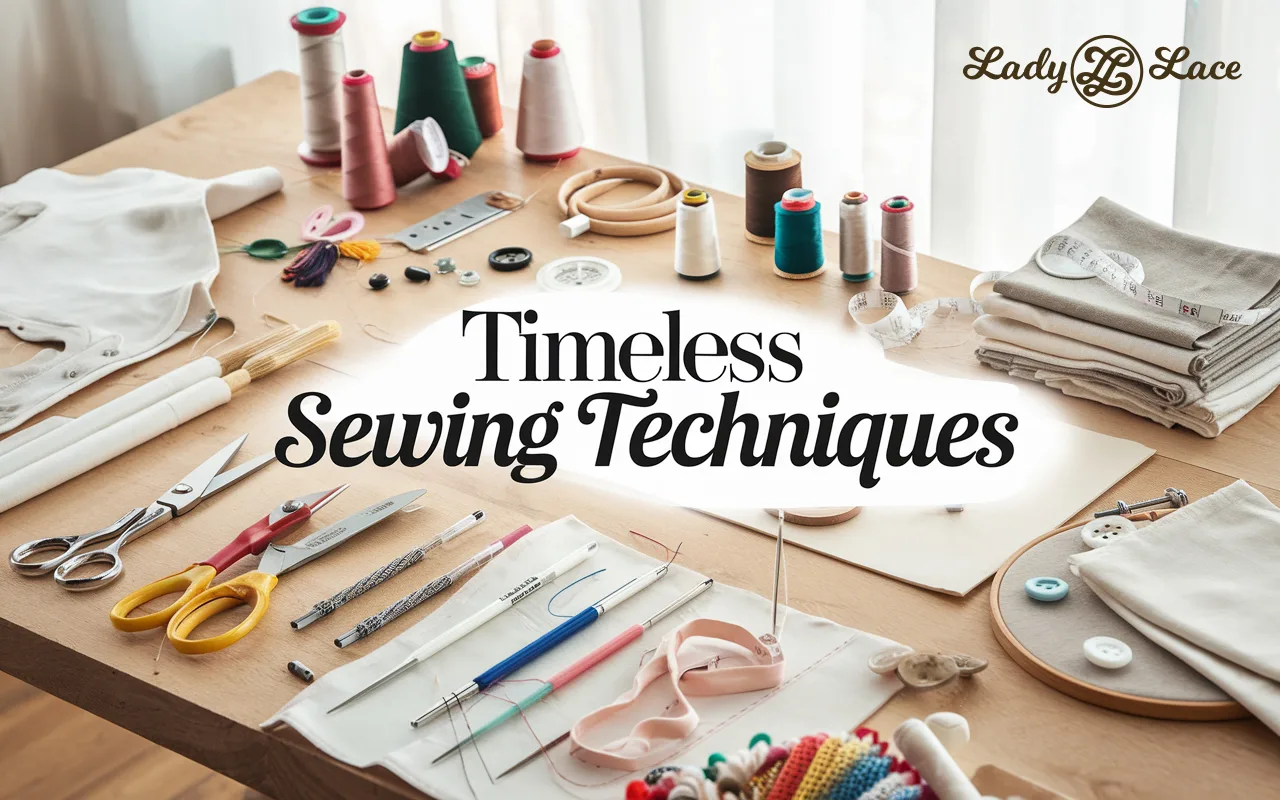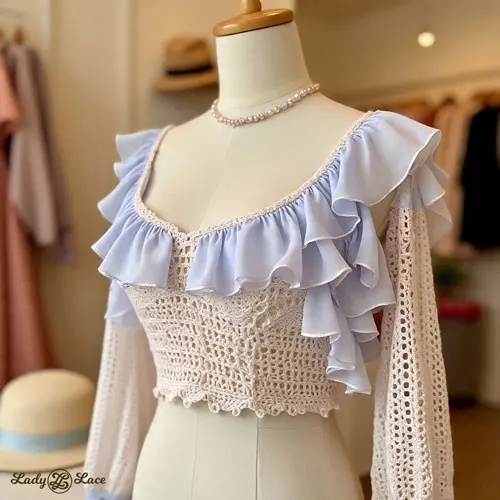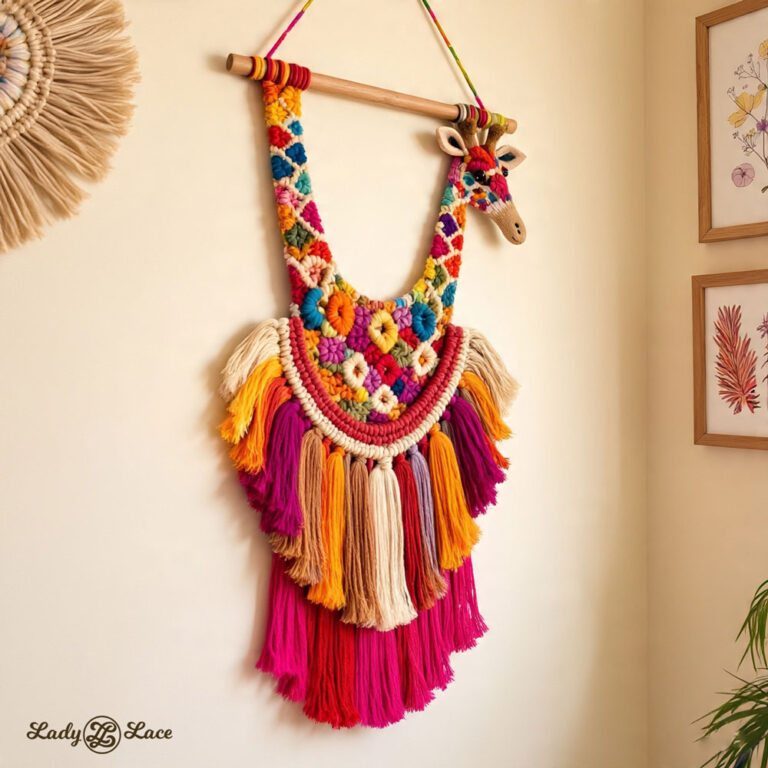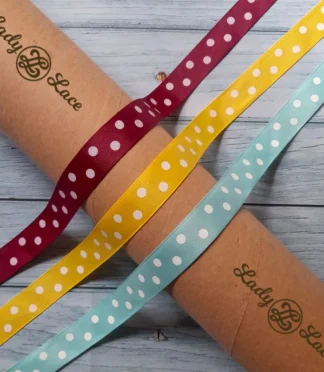Sewing is more than just a practical skill—it’s an art form that connects generations, preserves traditions, and allows for boundless creativity. Whether you’re a beginner looking to refine your stitches or an experienced tailor aiming to perfect your craft, mastering timeless sewing techniques can transform your projects from ordinary to extraordinary.
In this comprehensive guide, we’ll explore classic sewing methods that stand the test of time. From hand-sewing essentials to advanced tailoring techniques, these skills will not only improve the durability and appearance of your creations but also elevate your overall craftsmanship.
1. Essential Hand-Sewing Techniques Every Sewer Should Know
While modern sewing machines offer convenience, hand-sewing remains indispensable for precision work, delicate fabrics, and finishing touches. Here are some fundamental hand-sewing techniques every sewing enthusiast should master:
1.1 Backstitch – The Strongest Hand Stitch
A backstitch is perfect for creating durable seams, especially in areas that experience high stress. It involves stitching forward and then taking a step back to reinforce the seam.
✔️ Best for: Repairs, garment construction, embroidery outlines
✔️ Pro tip: Keep your stitches small and even for a neater finish
1.2 Slip Stitch – Invisible Hemming
The slip stitch is used for nearly invisible hems on garments, linings, and hand-finished edges.
✔️ Best for: Hemming, appliqué, finishing linings
✔️ Pro tip: Use matching thread and make small, consistent stitches to keep it undetectable
1.3 French Knots – Embroidery Elegance
A simple yet beautiful way to add texture to embroidery, French knots create raised dots on fabric.
✔️ Best for: Decorative embroidery, embellishments
✔️ Pro tip: Wrap the thread around the needle two or three times for a well-defined knot
2. Classic Machine Sewing Techniques for Professional Results
Your sewing machine is a powerful tool, but mastering its essential techniques can make a world of difference in your finished projects.
2.1 The Perfect Straight Stitch
A straight stitch is the foundation of most sewing projects. To ensure a clean, professional look:
- Adjust stitch length (2.5mm is ideal for most fabrics)
- Keep an even seam allowance using seam guides
- Use a sharp needle suited for your fabric type
2.2 Zigzag Stitch – Versatility at Its Best
This stitch prevents fraying, adds elasticity, and serves as a decorative touch.
✔️ Best for: Stretch fabrics, raw edge finishing, appliqué
✔️ Pro tip: Adjust the width and length for different effects—wider for securing edges, narrower for detail work
2.3 Overlocking for Clean Edges
If you don’t own a serger, a zigzag stitch or an overlock foot on a regular sewing machine can help achieve a finished look.
✔️ Best for: Preventing fraying, seam finishing
✔️ Pro tip: Use polyester thread for durability, especially on stretch fabrics
3. Advanced Sewing Techniques to Elevate Your Craft
Once you’ve mastered the basics, these advanced techniques will take your sewing projects to the next level.
3.1 French Seams – A Couture Finish
A French seam encloses raw edges, making it ideal for delicate fabrics like silk and chiffon.
✔️ Best for: Sheer fabrics, high-end garments
✔️ Steps:
- Sew a narrow seam with the fabric wrong sides together
- Trim excess fabric and press
- Fold fabric right sides together and sew again, enclosing the raw edge
3.2 Hong Kong Finish – Beautifully Bound Edges
This professional technique involves using bias tape to cover raw edges inside garments.
✔️ Best for: Unlined jackets, dress seams
✔️ Pro tip: Choose contrasting bias tape for a stylish pop of color inside your garments
3.3 Tailoring Techniques – Precision and Fit
Perfectly tailored garments require specific skills, such as:
- Dart manipulation for shaping
- Pad stitching for structured lapels and collars
- Understitching to keep facings in place
4. Must-Have Sewing Tools for Success
To execute these techniques flawlessly, invest in quality sewing tools:
- Sharp fabric scissors for clean cuts
- Seam ripper for corrections
- Measuring tape and rulers for precision
- Tailor’s chalk or disappearing ink markers for marking fabric
- Quality needles and thread suited to your project
5. Sewing FAQs: Your Top Questions Answered
Q1: How do I prevent fabric from puckering while sewing?
✔️ Use the correct needle size and thread tension, and always prewash fabric to remove stiffness.
Q2: What is the best stitch length for durable seams?
✔️ A standard 2.5mm stitch length is ideal for most seams, while a longer stitch (3-4mm) works best for basting and topstitching.
Q3: How can I sew delicate fabrics without damaging them?
✔️ Use a microtex needle, reduce presser foot pressure, and sew with a fine-threaded zigzag or French seam for durability.
Q4: What’s the difference between interfacing and stabilizer?
✔️ Interfacing is used to add structure to garments (like collars and cuffs), while stabilizer prevents stretching in embroidery and decorative stitching.
Q5: What’s the best way to finish seams without a serger?
✔️ Try pinked edges, zigzag stitches, French seams, or bias-bound seams for a clean and professional finish.
Conclusion: Stitching Your Way to Sewing Mastery
Mastering timeless sewing techniques transforms every stitch into an expression of artistry and craftsmanship. Whether you’re perfecting hand-sewing, refining machine stitches, or learning couture methods, each skill brings you closer to professional-quality sewing.
Now it’s time to put these techniques into practice! Experiment with different methods, refine your skills, and let your creativity flourish.
📌 Want more sewing tips? Subscribe to our whatsapp for expert advice, tutorials, and exclusive sewing resources!














